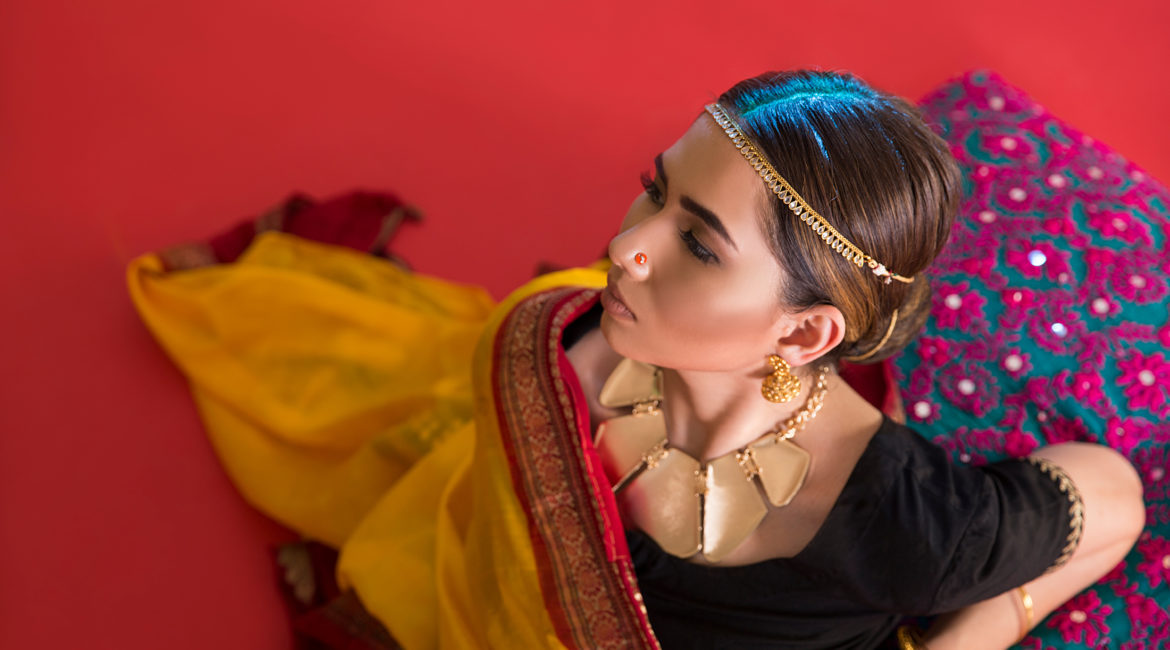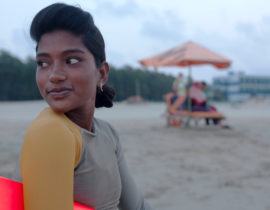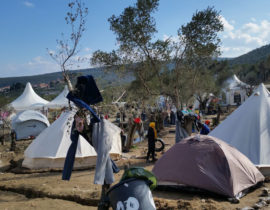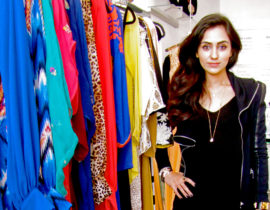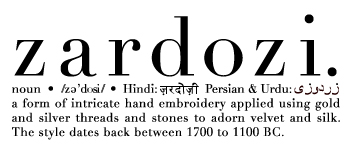Japakistani — this is the nickname my clever high school friends coined when referring to me, a half Japanese, half Pakistani scrawny, freckly girl born and raised in Karachi. Growing up in Pakistan and traveling to Japan in the summer, I was made aware of the fact that I wasn’t from a singular entity or country from a very young age. Often upon greeting people, I would go into a mentally taped and recorded message of “My father moved to Pakistan from Japan and that’s where my parents met…” Being introduced as the half Japanese girl in Pakistan, and as the half Pakistani girl in Japan — I often felt like more of a spectacle than a person.
When asked how it feels to be me, I usually don’t know how to respond. But I think I’m highly fortunate to be in this confusing position. The sounds of the shamisen and the sitar, the feel of silk kimonos and intricate saris, the smell of okonomiyaki and biryani wafting from the kitchen…these were the sensations of my childhood. These are the distinct memories that make me constantly nostalgic for all the places I have been lucky enough to call home.
“The sounds of the shamisen and the sitar, the feel of silk kimonos and intricate saris; the smell of okonomiyaki and biryani wafting from the kitchen. These were the sensations of my childhood.”
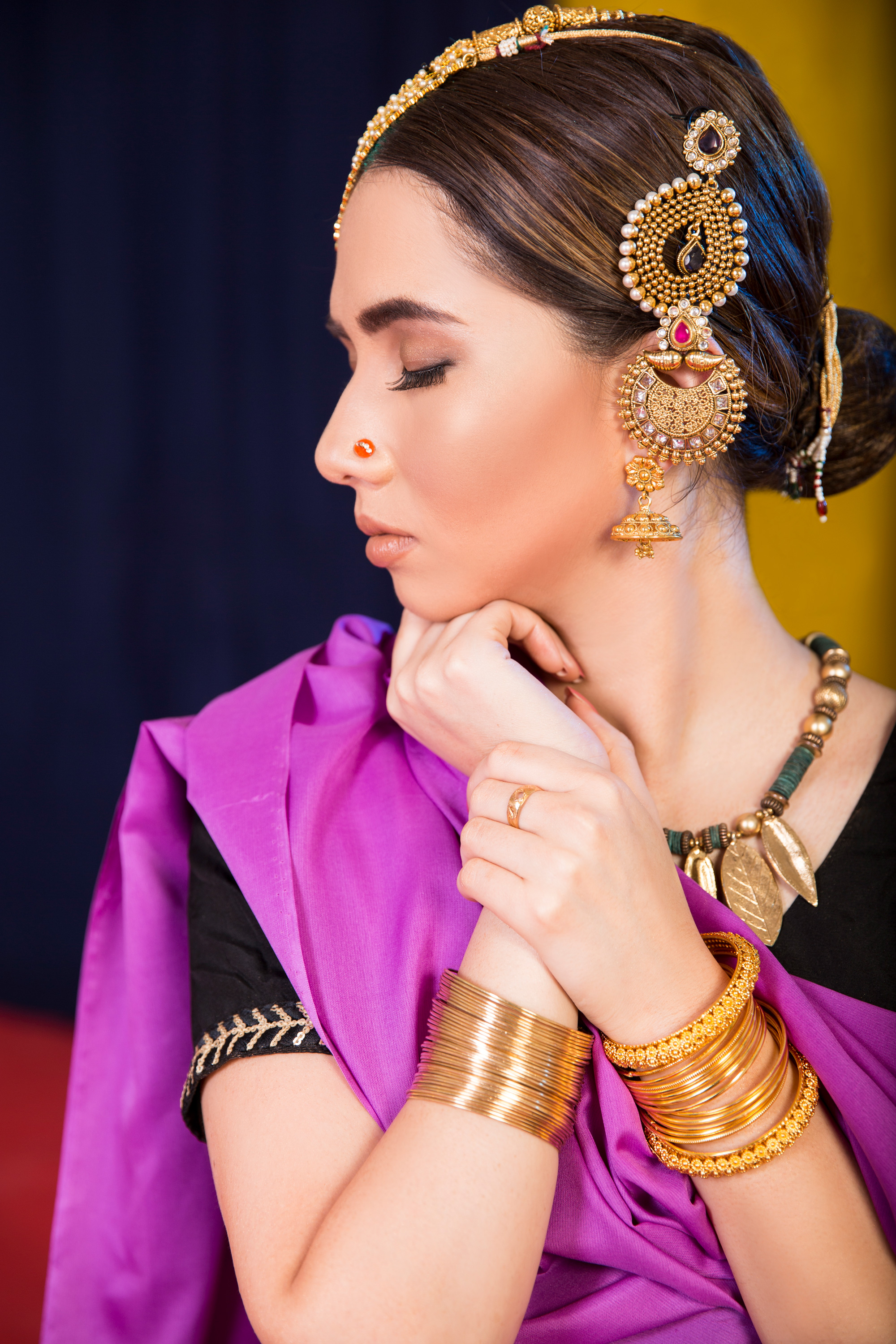
I moved to London to study anthropology and sociology, where I learned that my situation was not restricted to me. As the world becomes smaller and smaller, it is amazing to see how many people are influenced by the cultures and experiences that I used to feel were my own. I finally felt I had moved to a place where I belonged because it was a place that belonged to everyone. I devoured books on diaspora and culture. I realized that I didn’t have to really belong to any one particular place after all. As I grow older, and hopefully wiser, I hope to create my own culture where I can borrow from my motherland, Pakistan; my fatherland, Japan; the land that gave me my wings, London; and now my new nest and home, San Francisco.
“I moved to London… [and] finally felt I had moved to a place where I belonged because it was a place that belonged to everyone.”
Earlier this year, I went back to Pakistan, my birth country, after over four years. Those four years away from Pakistan were spent traveling to my new abodes and establishing my life in those places. Yet this was hardly a good excuse for not seeing the familiar faces that became slightly more wrinkly in my absence.
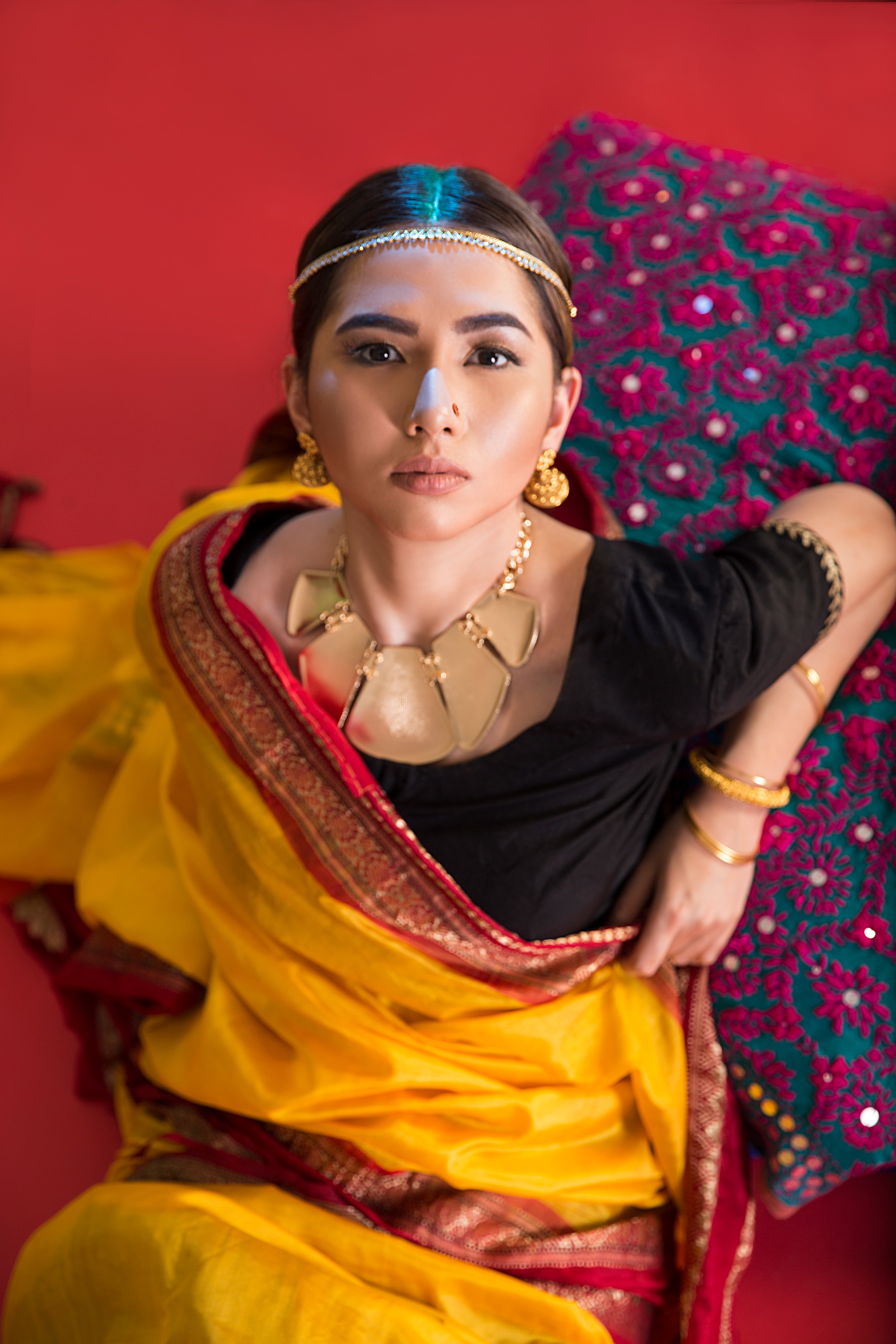
Coming home after years of living in other countries, where I chased nostalgia through mediocre plates of desi food and outdated shalwar kameez, I knew I wanted to create an artistic way to signify my time back in Karachi.
I have always been enticed by palatial havelis, opulent jewelry and feminine grandeur, a concept I call the “Begum at court” aesthetic. Yet to make that look my own, we agreed that it was imperative for it to be deconstructed and creative; an atypical portrait of a Begum that leisurely fixes her bangles on the charpoy. With silk saris and jewels in my hair, while working with photographer Rooshna, I felt completely immersed in a culture that felt I couldn’t join as a child. Growing up with kids who treat you like an outsider because you looked like one is not easy on anyone, and yet when I was photographed in nearly traditional garb, I felt like I was that Begum sitting out on the veranda.

